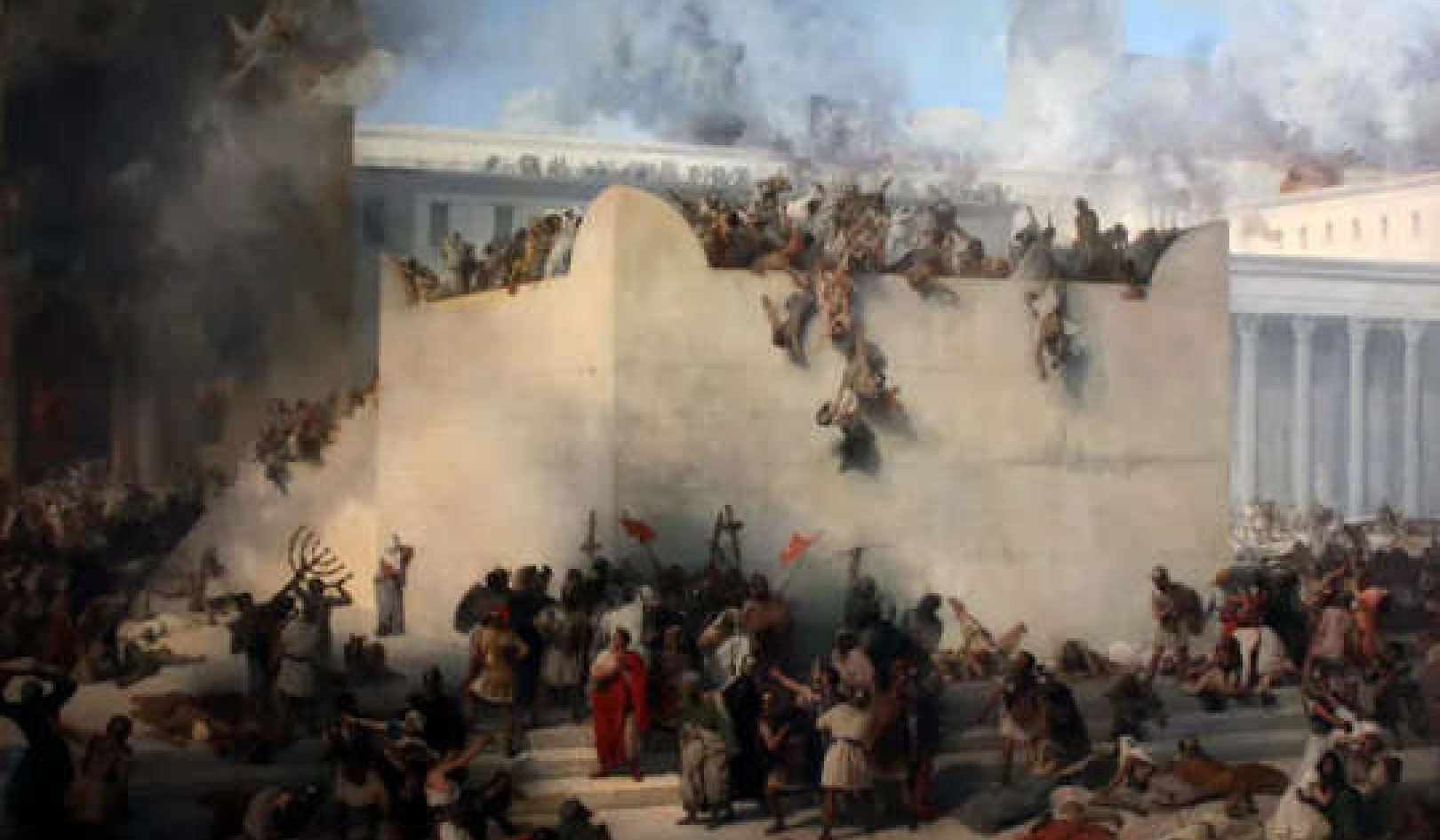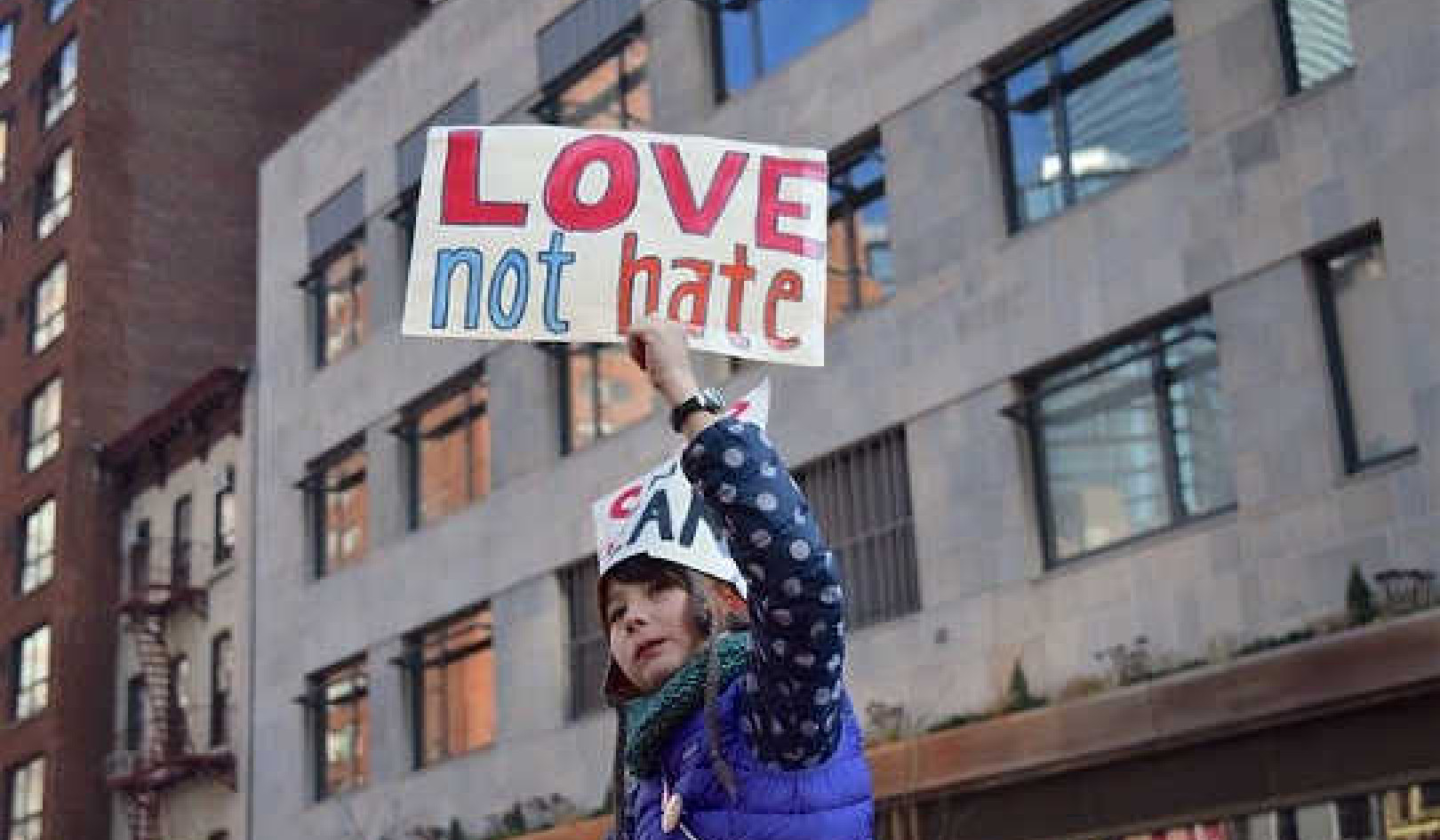
Image by Gerd Altmann
Everything is connected to form The Process. You can prove this for yourself with some simple examples. I’m assuming you’re dressed right now as you read this book. Look at the clothes you’re wearing. How did they get there? Probably because you dressed yourself earlier in the day. Getting dressed was a process. Bring to mind a politician. How did he or she get elected? Again, through a process. Whether it was ethical or corrupt, it was still a process. A sequence of events that led to an outcome.
Sometimes you can evidence a process directly, like with the clothes example. And sometimes you can infer it. For example, if there are puddles everywhere outside, then it’s usually safe to assume it’s been raining. That’s inference. In some cases, like the politician example, for most of us, you can only imagine or assume what might have happened. Even if you can’t prove or explain things in detail, there’s always a smaller process involved in everything that’s a part of The Process.
The Process is the BIG process; the universal process.
What Is “The Process”
Everything is connected. This causes that to happen. That causes this to happen. Cause and effect. All the pleasant stuff. All the unpleasant stuff. All the neutral stuff. All the bodily sensations, thoughts, and feelings, of the approximately eight billion people that live on this planet are part of The Process. All of Nature is part of The Process. It goes wider that that. The bilions of galaxies, planets, and every atom that resides on them are all part of The Process. It’s HUGE!
There are an infinite number of processes. The sequence of events you take to obtain a passport is a process. Your body follows a process from birth to death. The earth can be viewed as a process with its creation, existence and ultimate destruction. They are all processes. Everything that happens is part of many processes and also a part of The Process.
When I refer to a process or processes with a small “p,” I mean smaller processes that connect together and operate at different levels. When I refer to “The Process” I mean the overall universal process, that all the smaller processes are a part of. All smaller processes are connected together either directly or indirectly, to form The Process. The Process is universal and infinite. It has no beginning or end. It’s connected to an infinite source.
Your body consists of form and is part of The Process. Most people believe there’s something fixed about them. Some kind of fixed identity. That’s untrue. There’s nothing fixed about any of us. We’re all temporary and changing every moment. Every few years every cell in our bodies changes. We are minute processes within The Process.
Who Owns The Process?
If there was a person in your city or town who created, sustained and destroyed everything, they’d be deemed important. What I’m discussing here is the overarching Process that includes everything. It spans the whole universe. It’s ultimately important due to its infinite scale and power. It makes sense to understand The Process and to respect it.
So far, we’ve been unable to scientifically prove who the owner of The Process is. There are plenty of theories and descriptions you’ll find in philosophies and religions. Is it owned or does it own itself? How can something infinite be owned? If it is owned, who or what owns the owner?
A few people believe we’re part of a computer simulation. It’s an interesting hypothesis. And one which I don’t rule out. A few years ago, we wouldn’t have dreamed about how powerful computers are these days, with approximately nine trillion text messages being sent each year, over a billion videos viewed each day on mobile devices, and the increase in virtual reality technology. The statistics are staggering. I’m sure they’ll be dwarfed shortly after this book has been published.
The fact that something the size of one brain can deliver such a high definition virtual reality experience in the form of dreams whenever we sleep, shows that it would be possible for us to be part of a computer simulation. Much of the time when we’re dreaming, the simulation, if indeed it is a simulation, appears to be so real that we don’t even know we’re dreaming!
A dream is like a computer simulation, with the computer being our mind. How do we know there isn’t a larger computer than controls all the smaller computers?
If we are part of a computer simulation, then who owns the simulation? Are they part of some wider simulation? Any computer simulation like this would have to be part of a bigger simulation or process, which leads us back to The Process. If you do believe we’re part of a simulation that’s OK and you’ll still benefit from what I’m going to share with you.
I don’t know if anybody owns The Process. What I do know is that The Process exists because it can be clearly evidenced. For the sake of what’s to follow in this book, we don’t need to be concerned about the owner of The Process.
Who Am I?
If The Process consists of everything, then who are you? Now I’m going to tell you something that you might find difficult to digest. The unique combination of form that you may associate with who you are, only exists in the present moment. Then what was there is gone. It’s replaced with something new in the next moment.
This is contrary to what most people believe – that there’s something fixed about them, which they carry through life. There’s not. Your mind and body are examples of small processes within The Process. What you see when you look in the mirror is a process. When you feel sensations in your body, this is a process. Emotions are a process. All the thoughts that pop into your mind are processes. Your mind and body can be viewed as a single process or a collection of processes.
We refer to ourselves, others, and things, using names. When we do that, we’re conceptualizing and labeling temporary processes. That level of conceptual thinking and labeling is required to function in the world. As you do this, it’s helpful to keep in mind that you, others, and everything else, is a temporary process. What you think about and refer to, are mind generated concepts and labels, not fixed entities.
When I tell people this, they sometimes react negatively, which is their ego reacting. There are many definitions of what our ego is. The ego I’m referring to here, is your false sense of self that identifies and attaches to many of the changing things contained within The Process. The deluded ego believes that collectively, these things represent some kind of fixed form-based existence.
Religions and philosophies have different views on who a person really is in their formless essence. Personally, I know that who I am transcends form. I can describe who I am as the intelligence within The Process.
I would like to reassure you that the teachings in this book are highly beneficial, regardless of who you think you might be. I will also point now that as you read the book, your view of who you think you might be might change.
Reflecting on The Process
By relecting on the process we return to the present moment and become mindful. To be mindful means to be aware and accepting of bodily sensations, objects entering the senses, thoughts and feelings. From a place of presence or mindfulness, we act wisely. All of this links together. You can reflect on The Process at any time.
There are many techniques you can use to enable this. I’ll introduce a few of them to you here:
1. Observe an object and consider the process that created it
For example, you can look at your phone and think about how it might have been envisioned, designed and produced. Then, how it’s shipped to you. If there are any little scratches or marks on it, you can reflect on how they got there. Get the idea? Can you see how much history sits behind something as simple as a phone? You can go on and on with this exercise going further and further back in time. Only a minute or two is required to reflect on The Process, although you can do more, if you find it enjoyable. Thinking in this way can help you appreciate things and practice gratitude. In the previous example, real gratitude is not to the phone, people or events that led to it being in your possession. It’s actually gratitude towards The Process. This is why gratitude feels so good. The Process rewards you for appreciating it.
2. View the process within a moving or changeable object
The Ocean is a great example of this. When you observe or even imagine an Ocean, you can examine the waves and how they are all connected together. You notice the sparkling light on the waves is caused by the reflection from the sun. Through observing all of this, helps you reflect on The Process. Observing a person walk or the branches of a tree swaying, are other examples of this practice.
3. Become aware of what’s causing thoughts and feelings
Become aware of a thought or feeling. Then see if you can work out what caused it. Was it another thought or feeling? Something entering the senses? Simple examples include being aware of when you’re feeling tired or excited. What caused that? You recall the face of an old friend. Why did that happen? This can be done spontaneously, whilst reflecting, or within a formal meditation sitting.
4. Recite a phrase that reminds you of The Process
Examples here might be, “I know that I’m part of a bigger process,” or “Everything happens for a reason.”
5. Examine your breath as a process
This is one of my favorite ways of reflecting on The Process. You simply bring awareness to your breath and watch all of its constituent parts. Where it starts, finishes, its texture, speed, depth, impact on the body and so on. You can do this spontaneously or as part of a meditation practice. People have meditated on the breath for thousands of years. This form of meditation enhances concentration and cultivates a peaceful mind.
6. Reflect on the different levels of process
Look at a plant in your home. It may have ended up there through an obvious process. Maybe you purchased it from a store and brought it home. Now reflect on the subtler processes associated with the plant. You can reflect on how it’s using the energy of sunlight to drive a process to produce its own food. Another example of this is reflecting on how the energy from a battery slowly reduces within an electrical device.
7. Meditate on how you’re connected
To begin with, follow a basic meditation technique for a few minutes. Concentration on the breath is a good option for most people. Once your mind settles, continue meditating, but contemplate how you’re connected to the universe. Investigate the air coming into and out of your body; that you’re dependent upon to live. Recognize the impact that the external temperature is having on your body. Appreciate that memories stored in your mind are due to past events that involved things and people external to you. Consider how you’ve been affected by other people and situations. Also, how you affect other people or situations. Acknowledge that you’re not truly independent or fixed, but part of a process.
The final reflection technique is powerful. If you can ask yourself questions like these when you’re alert and relaxed, you’ll be amazed at what happens. Most people understand that they’re affected by external conditions. And that their actions affect external conditions. It’s obvious. We aren’t truly independent or unchangeable. However, most people spend a lot of their time viewing themselves as separate. It’s a form of delusion.
Contemplating the truth that you’re part of a process during meditation will deepen your ‘knowing’ of that truth.
Am I Making My Own Choices?
If everything’s a process, then you may be asking yourself whether you have any real choices in life. Every choice you make is informed by:
1. Knowledge you’ve accumulated from your past conditioning
For example, you may have learned not to put your hand in a fire through getting burnt previously.
2. Psychological skills you’ve developed
You may have learned how to determine what tasks to complete during the day, through the skill of prioritizing. Another example is the ability to gauge how somebody may be feeling based on their appearance or behaviors. These are both psychological skills.
3. Accessing the infinite intelligence from The Process
This is the creative source for true choices. This is your opportunity to go beyond conditioned knowledge and psychological skills. The choices you make using this intelligence come from an unconditioned source. These choices are spiritually perfect.
The Paradox Within This Theory
What’s interesting about this theory is that it contains a paradox. When you’re accessing the infinite intelligence, you’re not dependent upon past conditioning. However, conditions and time are required to allow you to evolve so that you can access the infinite intelligence more frequently. This is why people have followed spiritual practices for thousands of years.
Spiritual practice, which includes you reading this book right now, is a manifestation of conditions in time, helping you access the unconditioned and timeless. In the same, way I cannot explain what the infinite intelligence is with words, but my words may guide you towards knowing it.
You are actually part of The Process. There’s nothing fixed about you. It’s fine to think about yourself as existing in order to function conceptually, so long as you also keep in mind that your existence is only a mental concept; an image or story that the mind has created. If you can view things in this way, you’ll be liberated. Whilst also knowing that there is no self to liberate!
Copyright 2019 by Darren Cockburn. All Rights Reserved.
Publisher: Findhorn Press, an imprint of
Inner Traditions Intl. www.innertraditions.com
Article Source
Living a Life of Harmony: Seven Guidelines for Cultivating Peace and Kindness
by Darren Cockburn
 The author explores how the 7 easy-to-practice guidelines help us gain a deeper understanding of the universal process of life, as well as provide a set of tools to help us deal with life’s ups and downs more skillfully. They enable us to face life empowered and confident, peacefully observe and accept what life presents us with, cultivate compassion and kindness, as well as spread mindfulness to those around us. Practiced together, these guidelines provide a simple yet powerful compass to guide you to a peaceful mind and harmonious living, much needed in today’s world.
The author explores how the 7 easy-to-practice guidelines help us gain a deeper understanding of the universal process of life, as well as provide a set of tools to help us deal with life’s ups and downs more skillfully. They enable us to face life empowered and confident, peacefully observe and accept what life presents us with, cultivate compassion and kindness, as well as spread mindfulness to those around us. Practiced together, these guidelines provide a simple yet powerful compass to guide you to a peaceful mind and harmonious living, much needed in today’s world.
Click here for more info and/or to order this paperback book. Also available in a Kindle edition.
About the Author
 Darren Cockburn has been practicing meditation and mindfulness for over 20 years, studying with a range of teachers from different religions. As a coach and teacher, he has supported hundreds of people in meditation, mindfulness, and finding a connection to spirituality, with a focus on applying spiritual teachings in everyday life to cultivate a peaceful mind. Darren is also the author of Being Present. Visit his website at https://darrencockburn.com/
Darren Cockburn has been practicing meditation and mindfulness for over 20 years, studying with a range of teachers from different religions. As a coach and teacher, he has supported hundreds of people in meditation, mindfulness, and finding a connection to spirituality, with a focus on applying spiritual teachings in everyday life to cultivate a peaceful mind. Darren is also the author of Being Present. Visit his website at https://darrencockburn.com/

























